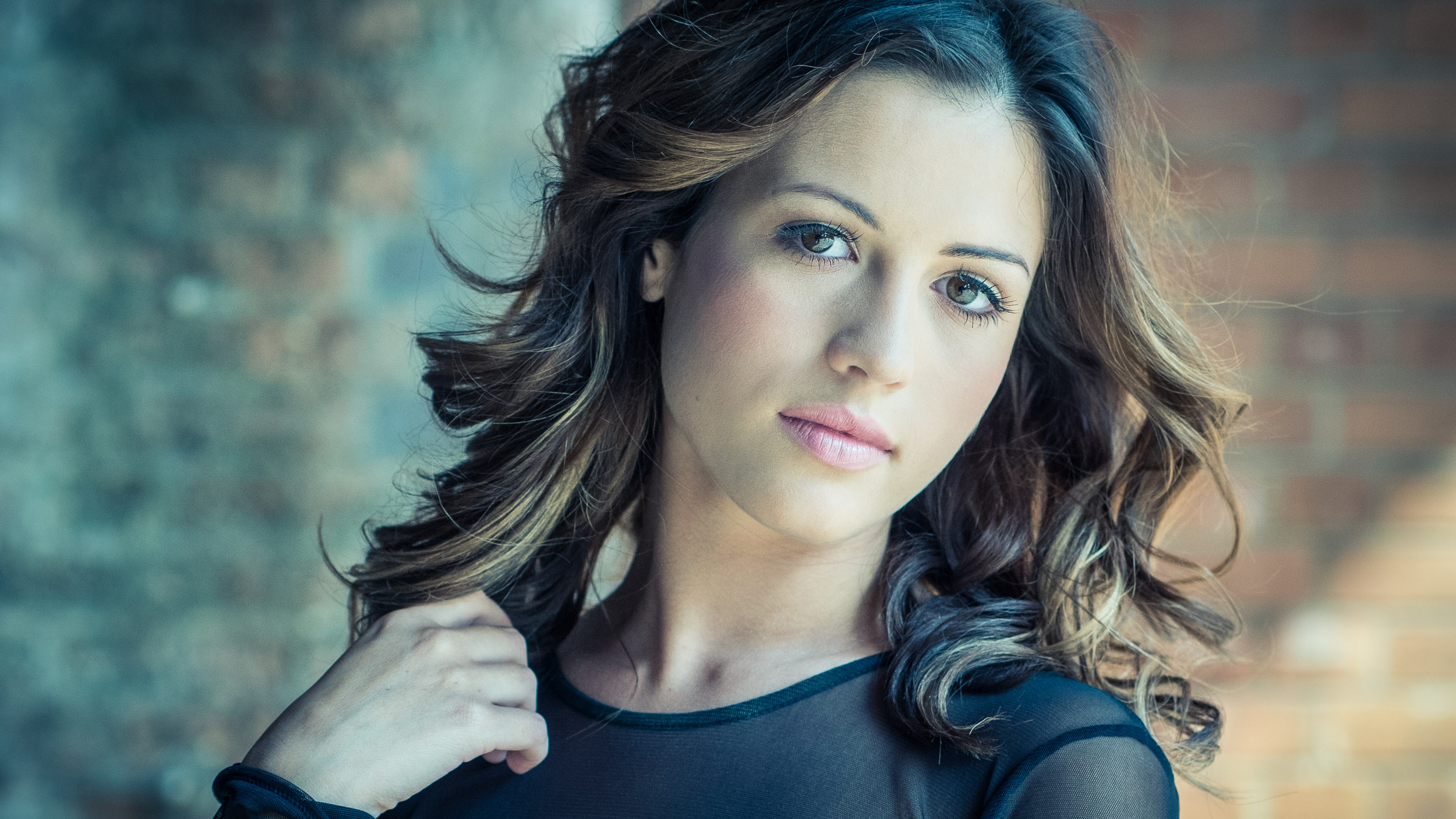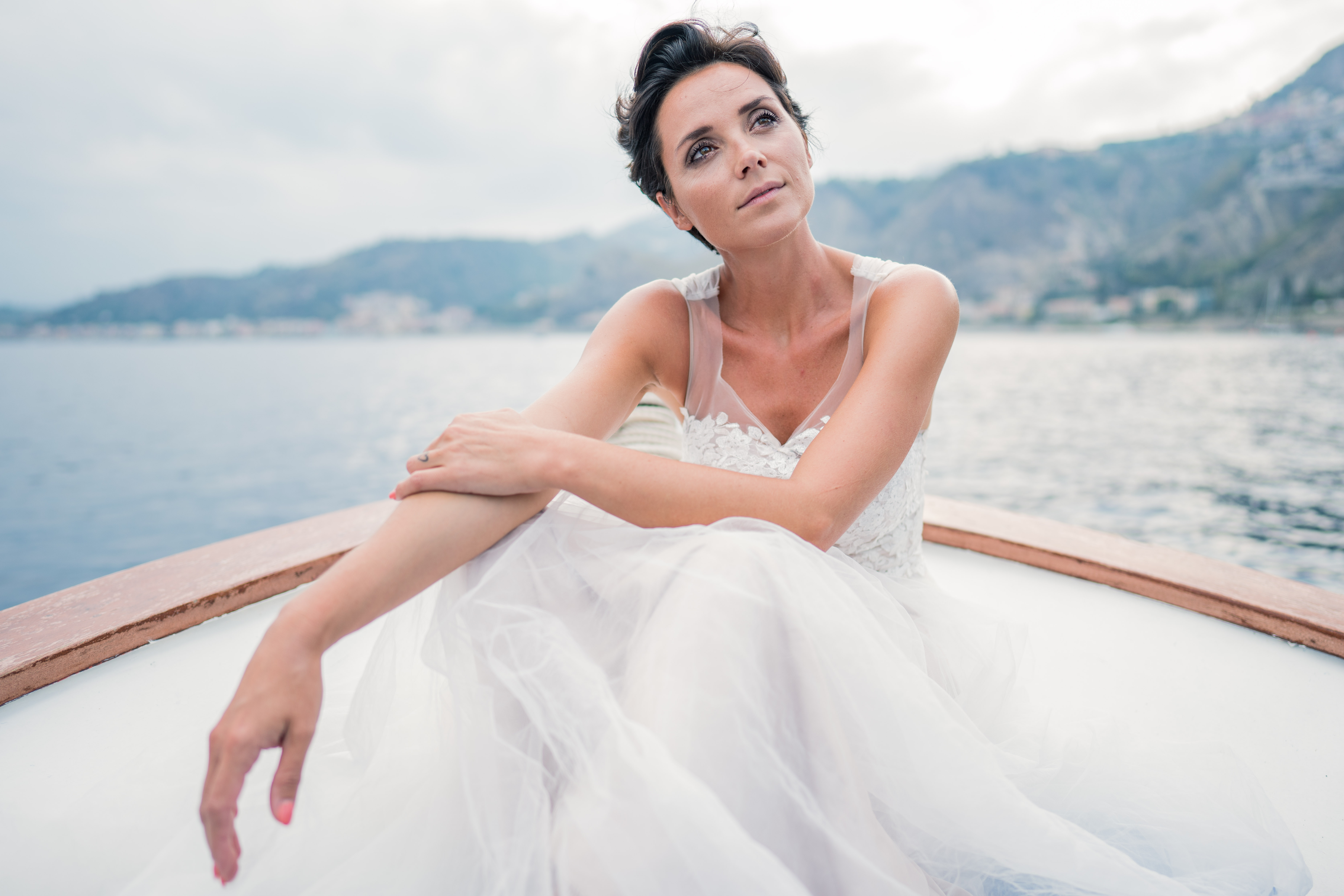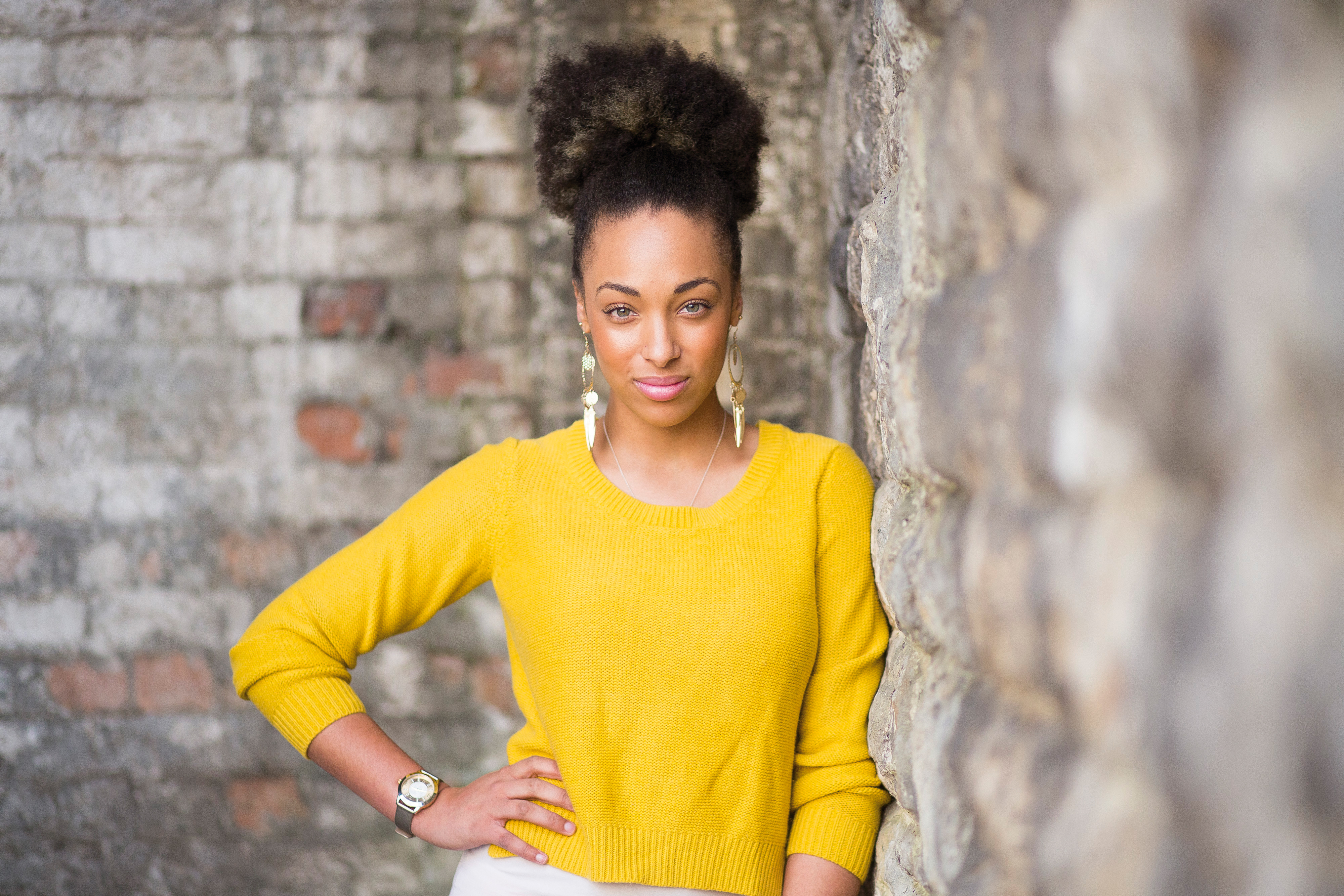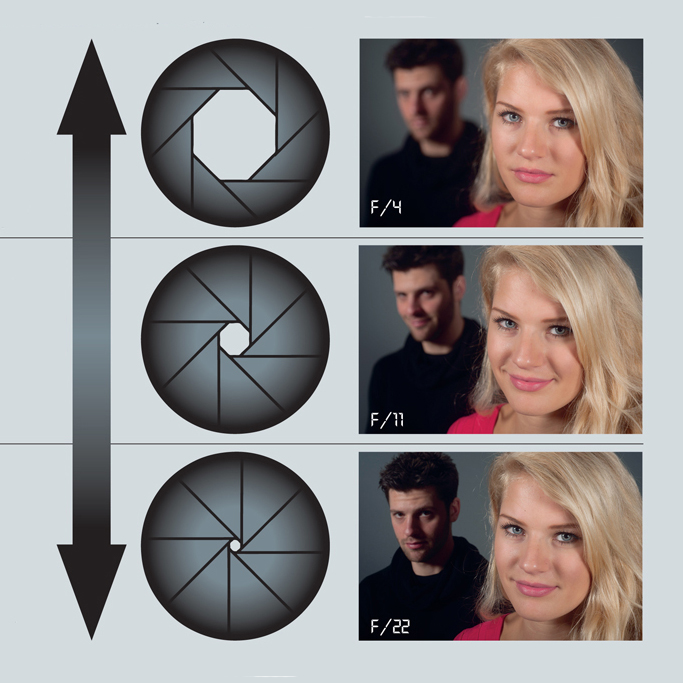What is the best aperture and focal length for portraits?

If you're just getting started in portrait photography you've probably asked yourself what is the best aperture and focal length to use?
To helps answer that question, we'll show you how changing the aperture and focal length used can produce very different effects with your subjects.
We'll help you decide if you want your subjects to be separated from, or part of, their surroundings and then get the appropriate focal length for the style of portrait you're planning to take.
The lens plays a vital role in the creation of a beautiful portrait. There's not necessarily a right or wrong lens to use, but rather the most appropriate for the subject and location.
Sometimes you might want to show more of the background around your subject for an environmental portrait, while at others you might want to compress it and blur it to make your subject the supreme focus of attention.
In addition to affecting how much of the background is visible in your shots, different focal lengths will affect the shape and proportions of your subject's face
In addition to affecting how much of the background is visible in your shots, different focal lengths will affect the shape and proportions of your subject's face. A wide-angle focal length can even give a caricature effect if used wrongly, while a telephoto focal length can give a more flattering result.
While using a nice fast, prime lens is desirable, they do come at a cost and it's important to remember that you can achieve stunning results with kit lenses and standard zooms as well.
Sign up for breaking news, reviews, opinion, top tech deals, and more.
It's not just a matter of focal length: which aperture you select is important too. See below for how you can use depth of field to control which parts of an image appear in focus.

What is the best aperture for portraits?
Blurred backgrounds
A wide aperture such as f/4 or f/2.8 (or if you're using a fast prime, f/1.8 or f/1.4) will create a nice shallow depth of field. This means that the areas before and beyond the point of focus that also appear sharp will be very small. This is ideal if you want to blur the background, keeping only your subject sharp. However you'll need to make sure your focusing is tack-sharp as it's unforgiving. Focus on the eyes.
Best of both worlds
An aperture of f/8 (or something fairly close to that) can give you the best of both worlds. There's usually a narrow enough depth of field to create a sense of separation from the background, and focus is more forgiving, while you're less likely to have to compromise on shutter speed or ISO. If you're using a setup with studio lights, this medium aperture is a good starting point.
Everything sharp
A very small aperture, such as f/22, is great if you want other objects in your frame to also appear in focus, for example the model in the background of this shot. However, shooting at small apertures means you'll need either to use a slower shutter speed, which might necessitate the use of a tripod in order to avoid blur, or to increase your ISO, which will introduce noise (grain).

What is the best focal length for portraits?

24mm wide-angle lens
A wide-angle is not normally the 'go to' lens for portrait photographers. Even the best wide-angle lenses can be less than flattering to your subject, as if you're too close, noses and foreheads appear larger. Wide-angle lenses do have their uses in portrait photography. While not great for headshots, they're perfect for environmental portraits where you want to show someone in their surroundings, and can keep them relatively small in the centre of the frame.

85mm portrait lens
A short telephoto is typically the portrait photographer's favourite focal length - with a something around 56mm on a camera with an APS-C sensor or a 85mm on a full-frame model being ideal. It's as much about how close you end up being to your subject, as the perspective you get. A 85mm usually gives a comfortable working distance from subject to photographer.

200mm telephoto lens
A long focal length can be a great choice for portrait photographers as it compresses the perspective. This can often be more flattering for your subject. It's also to easier to create a blurred background with a telephoto lens, so if you're also using a wide aperture such as f/2.8 you can get stunning results, as the blurred part of the image can often also look lovely.

READ MORE

Phil Hall is an experienced writer and editor having worked on some of the largest photography magazines in the UK, and now edit the photography channel of TechRadar, the UK's biggest tech website and one of the largest in the world. He has also worked on numerous commercial projects, including working with manufacturers like Nikon and Fujifilm on bespoke printed and online camera guides, as well as writing technique blogs and copy for the John Lewis Technology guide.
